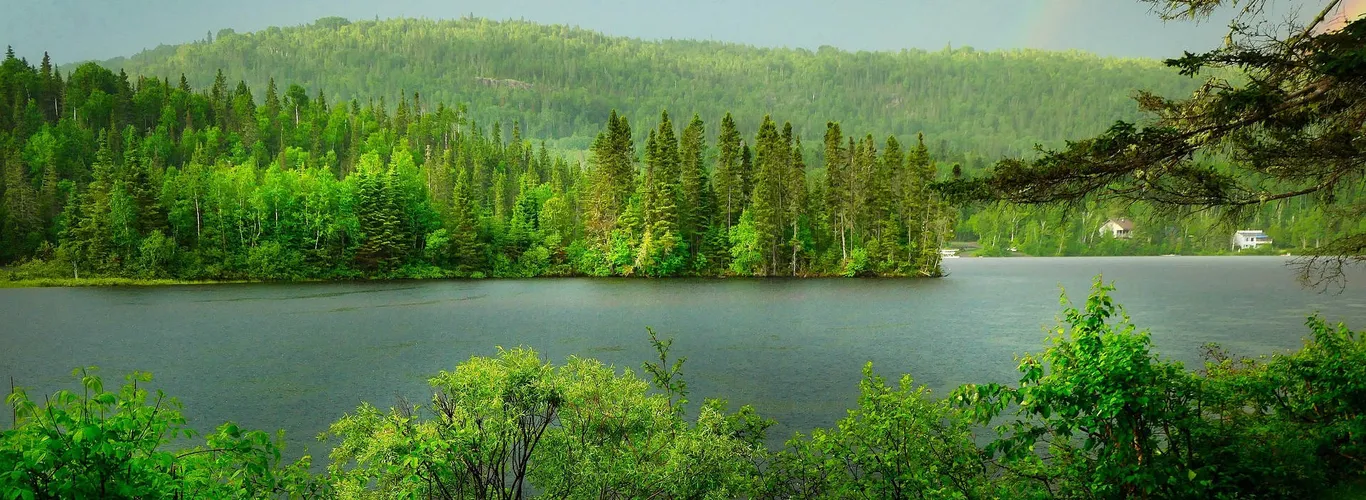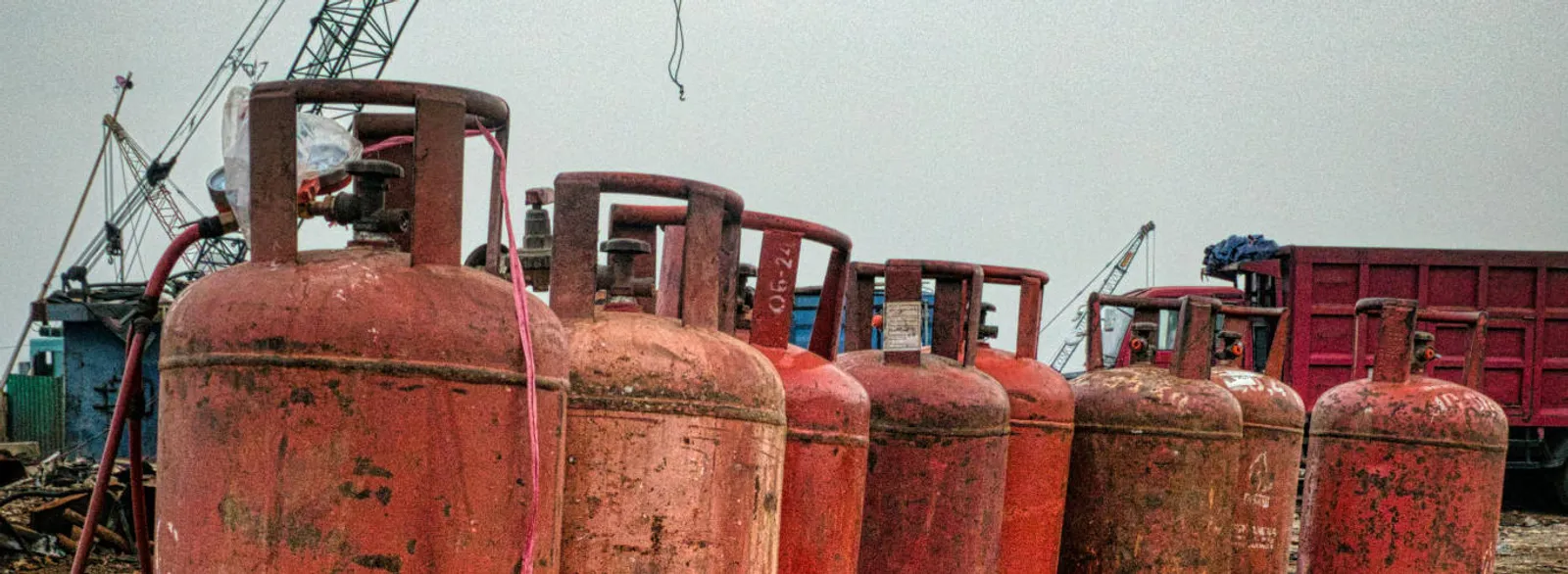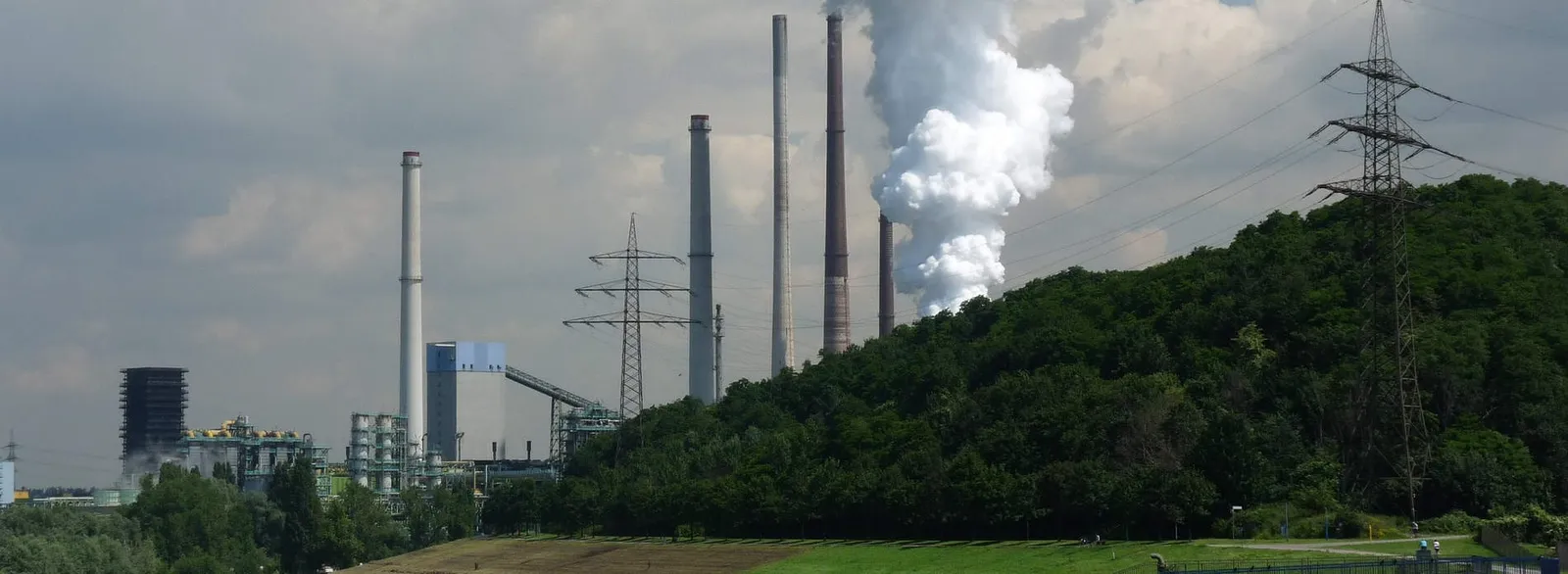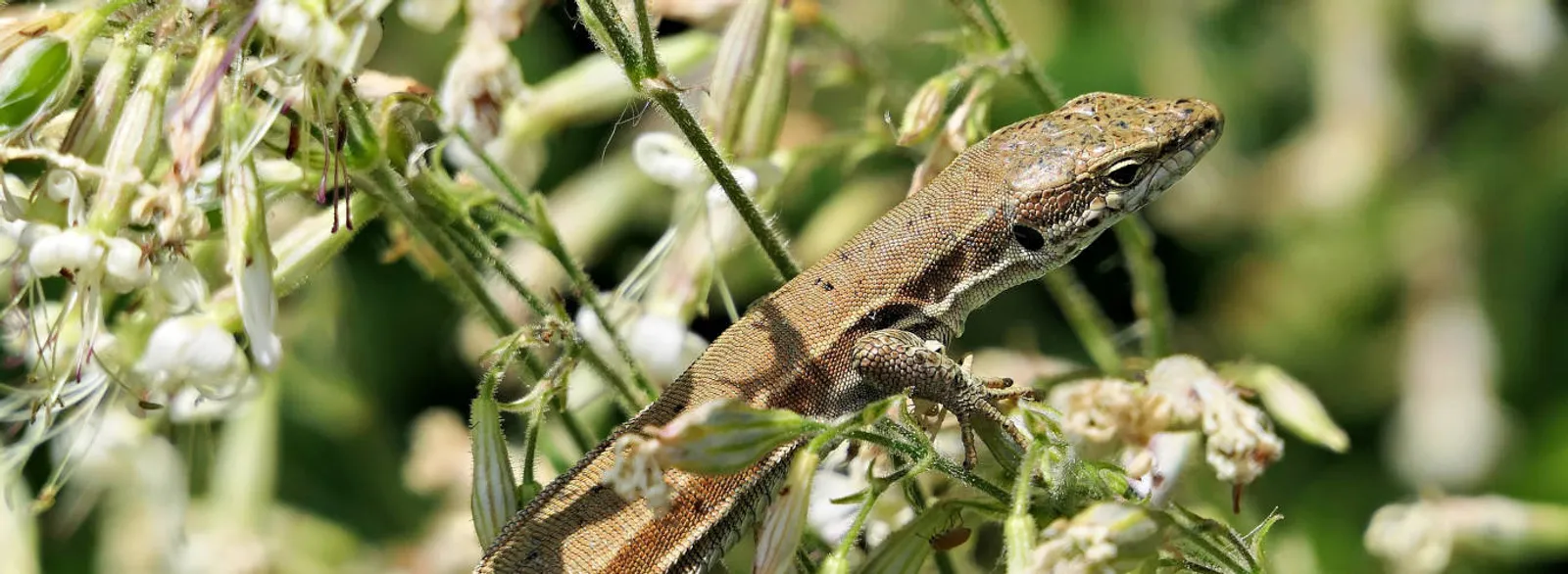If you are interested in ecology and recycling - sign up for our newsletter
The natural world is made up of various components that are intricately linked to each other. To understand our natural environment, it’s helpful to break it down into four primary components: atmosphere, hydrosphere, lithosphere, and biosphere.
Atmosphere
The atmosphere is the layer of gases that surrounds Earth. It is composed mainly of nitrogen (78%) and oxygen (21%), with trace amounts of other gases. The atmosphere plays a crucial role in protecting living organisms from harmful solar radiation, regulating temperature, and providing oxygen for respiration and carbon dioxide for photosynthesis. Additionally, the atmosphere helps in the formation of weather patterns and climate by circulating heat and moisture around the planet. Without the atmosphere, Earth would not be able to support the diverse forms of life that exist today.
Did you know that the atmosphere extends up to 10,000 kilometers above the Earth, but about 75% of its mass is contained within the first 11 kilometers? That's where most of our weather and clouds are found!
Hydrosphere
Hydrosphere: The hydrosphere includes all the water on Earth—rivers, lakes, oceans, glaciers, and even the moisture in the air. Water is essential for all forms of life, and the movement of water between different parts of the hydrosphere—through processes such as evaporation, condensation, and precipitation—helps maintain the delicate balance of our environment. The hydrosphere also plays a vital role in regulating Earth’s temperature, as large bodies of water absorb and release heat slowly, moderating the climate. Oceans, which make up about 71% of the Earth's surface, are also home to a wide variety of marine ecosystems that are crucial for global biodiversity and nutrient cycling.
Only about 3% of the Earth's water is freshwater, and two-thirds of that is frozen in glaciers and ice caps. This means that less than 1% of all water on Earth is available for drinking!
Lithosphere
The lithosphere refers to Earth’s solid surface, including the crust and upper mantle. It is the foundation for terrestrial life, providing soil for plants to grow, minerals for various uses, and a habitat for countless organisms. The lithosphere is continuously shaped by natural forces like erosion, volcanic activity, and tectonic movements. These processes contribute to the formation of different landforms such as mountains, valleys, and plateaus, which in turn create diverse habitats for various species. The lithosphere also contains vital resources, such as fossil fuels and minerals, which are essential for human society, although their extraction and use can have significant environmental impacts.
The Earth's crust is divided into several tectonic plates that are constantly moving. This movement is responsible for the formation of mountains, earthquakes, and even the drifting of entire continents!
Biosphere
The biosphere encompasses all living organisms on Earth. It includes plants, animals, fungi, and microorganisms that live in various habitats, from the depths of the oceans to the highest mountaintops. The biosphere is dynamic, constantly changing and adapting in response to environmental conditions. The interactions within the biosphere are complex and involve processes such as photosynthesis, respiration, and nutrient cycling, which help sustain life. The biosphere is also highly dependent on the other components of the natural world—the atmosphere, hydrosphere, and lithosphere—as they provide the necessary conditions and resources for life to thrive. Biodiversity within the biosphere is crucial for maintaining ecosystem stability and resilience, allowing organisms to adapt to changing conditions and ensuring the continued flow of energy and nutrients.
Scientists estimate that there are approximately 8.7 million species on Earth, but only about 1.2 million have been identified so far. That means there are still millions of species waiting to be discovered!
Together, these components make up our natural world, and they are interdependent—changes in one component can lead to changes in the others, demonstrating the interconnectedness of our environment. For example, deforestation (a change in the lithosphere) can lead to increased carbon dioxide levels in the atmosphere, affecting climate patterns and impacting the hydrosphere by altering water cycles. Understanding these interconnections is essential for recognizing the impact of human activities on the environment and for developing sustainable practices that help protect our planet.






